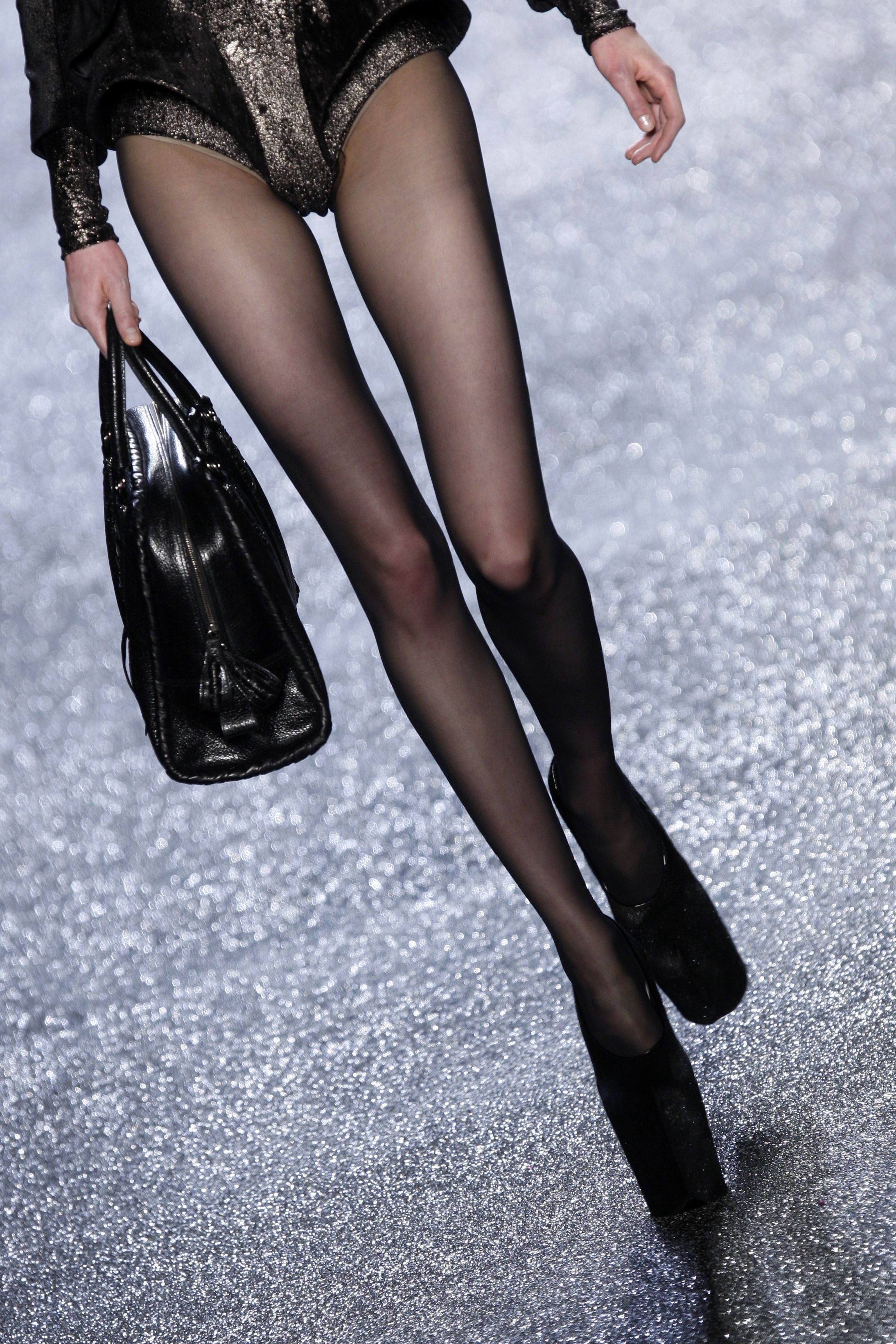Thigh Gap: Photos Of The Dangerous Weight Loss Trend Teens Are Developing Eating Disorders To Achieve
Remember the “#thinspo” trend on social media websites like Instagram and Tumblr? Well, there’s a new dangerous weight-loss trend gaining popularity on the Internet, and it’s called “#thighgap.”
"Thigh gap" is exactly what it sounds like: a pronounced space between the thighs when a woman is standing with her feet together or sitting with knees touching. While it’s certainly not a new phenomenon -- runway models have been sporting thigh gaps for years -- the trend has recently gained steam online, with commenters praising the look despite the health risks and nearly unachievable condition.
In fact, it’s a look coveted by some teen girls and young women and hailed as the ultimate extreme-weight-loss achievement. Those who yearn for thigh gap have taken to Tumblr, Pinterest and other blogs, posting photos of super-skinny models -- like supermodel Cara Delevingne, who inspired the Twitter account @CarasThighGap -- anorexic women and, as the New York Post noted, even victims of the Holocaust for “motivational purposes.”
One famous model is opening up about the dangers of “thigh gap” and why it's unrealistic. On Monday, “plus-size” model Robyn Lawley penned a column for The Daily Beast lamenting the trend she’s seen since she started working in fashion at age 12. The Australian-born model, whose measurements are 36D-32-42, was inspired to write the column after an unretouched photo of her in lingerie emerged on a “pro thigh gap” Facebook page, where critics called her too “hefty” to be featured.
Lawley wrote:
“The truth is I couldn’t care less about needing a supposed ‘thigh gap.’ It’s just another tool of manipulation that other people are trying to use to keep me from loving my body. Why would I want to starve and weaken my natural body size? … I’ve been trying to do just the opposite: I want my thighs to be bigger and stronger. I want to run faster and swim longer. I suppose we all just want different things, but women have enough pressure as it is without the added burden of achieving a ‘thigh gap.’”
Of course, the trend is dangerous because it can lead to an eating disorder, according to experts. But the online phenomenon has brought the unhealthy trend to a whole other level. Claire Mysko of the National Eating Disorders Association told The New York Post that “exposure to online images of extreme beauty standards and the drive to compare does increase the risk of developing eating disorders.”
“What is new is these things have taken on a life of their own because of the Internet and social media,” she said.
Not only is it dangerous to attempt achieving a thigh gap, which can lead to an eating disorder, it may not be genetically possible for some. Orthopedic surgeon and fitness expert Dr. Vonda Wright told The Post it’s all about genetics and “even extraordinarily thin people may not have a body type that can achieve a gap.” She added that a person must be naturally skinny and “wide-hipped” to have a thigh gap, as well as limited leg muscle.
Still, there are countless tutorials and guides for achieving the thigh gap and myriad photo galleries, like one on Pinterest entitled: “OPERATION THIGH GAP.”
Perhaps, as ABC News reported back in March, females may pursue such looks not so much to be more desirable to the opposite sex but to impress other girls or women, calling it “strictly a girl thing affecting popularity and status.”




© Copyright IBTimes 2024. All rights reserved.












